Launched by the Franco-Italian poet Filippo Tommaso Marinetti on the front page of the Parisian daily Le Figaro on February 20, 1909, the Manifesto of Futurism sharply denounced the stagnancy of tradition, praised the adventure and action, and appealed to the creation of new art that belongs to the new era and the “future.” On September 13, 2022, “Futurist Universe: Selections from Fondazione Massimo e Sonia Cirulli Collection” kicked off at Tsinghua University Art Museum, featuring the vigorous development of futuristic art in the thirty years since the launch of the Manifesto of Futurism through more than 250 pieces of work.
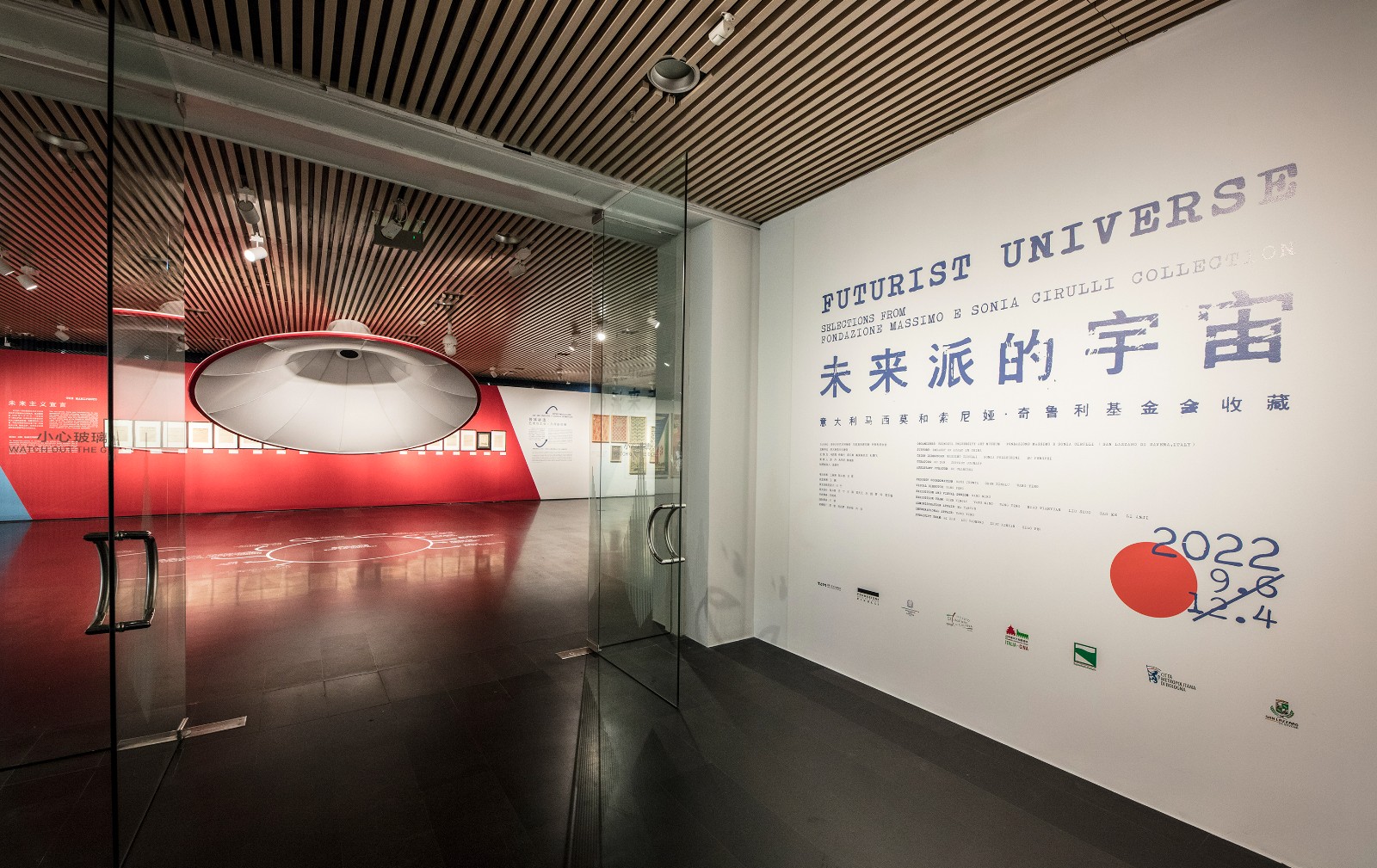
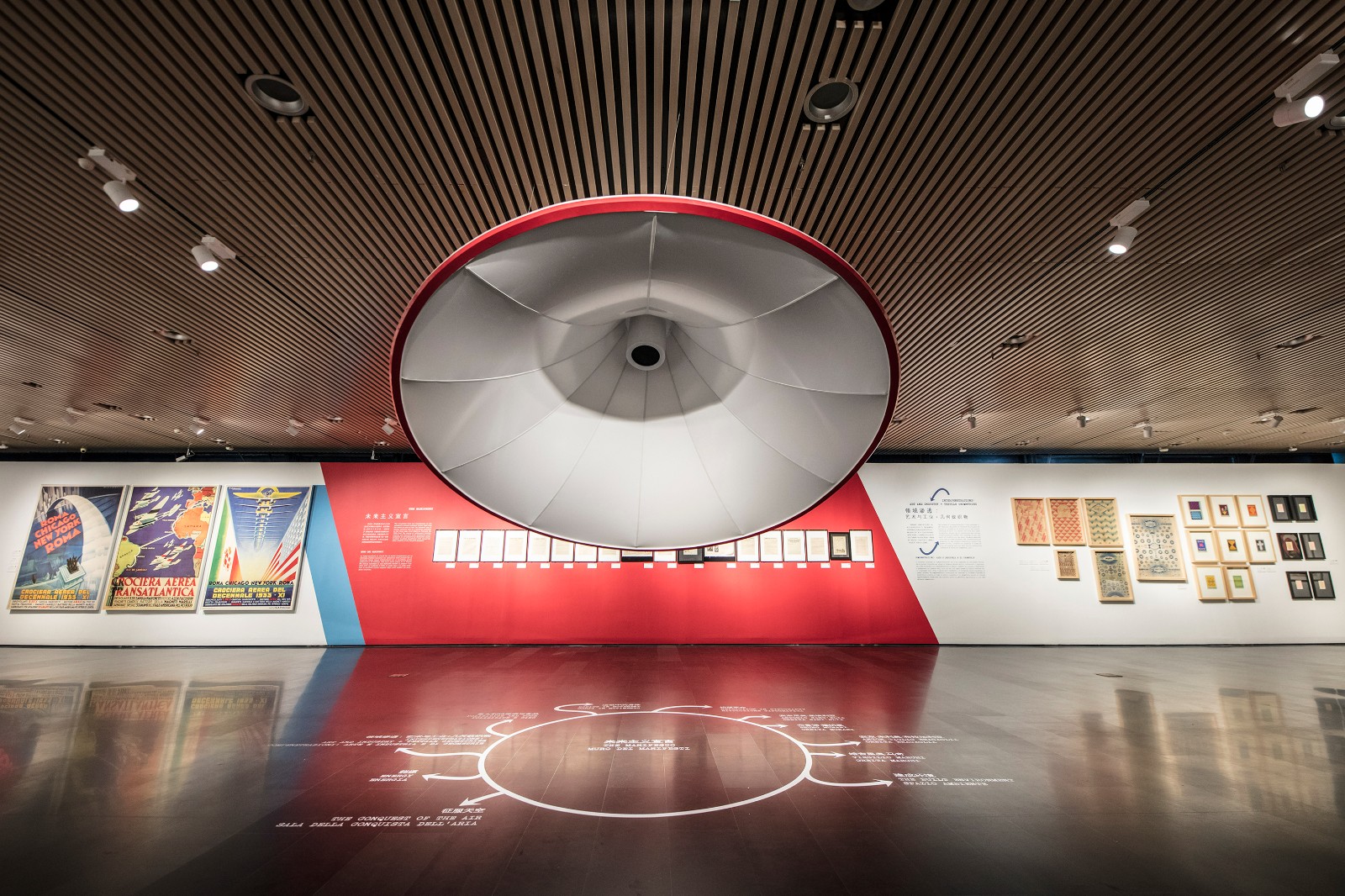
Exhibition View
Jeffrey Schnapp, the curator of the exhibition, explained the “universe” in the exhibition title that, a universe is a whole, the sum total of existing things. The word derives from the Latin uni-vertere, which is to say, from the turning (vertere) of things towards the state of completeness designated by the prefix uni. However, it is not the case for futurists. Futurism did not share this steady-state vision of “the sum total of existing things” but emphasized unlimited energy and power. Although Marinetti limited Futurism to the realm of literature and art in the Manifesto of Futurism, he soon abandoned this point of view—in hundreds of manifestos since then, Marinetti and other futurists have expanded Futurism to every corner of life.
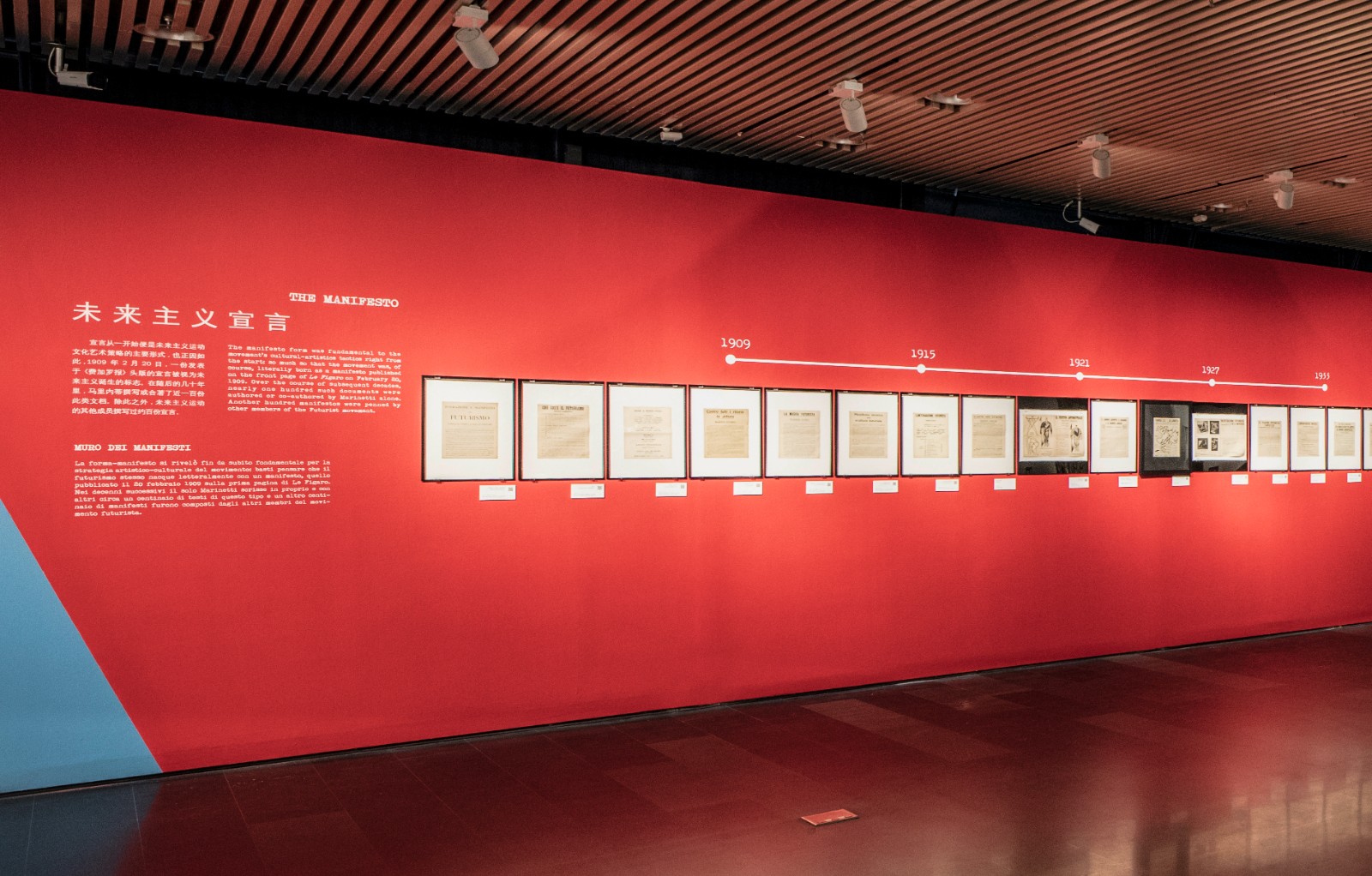
Exhibition View
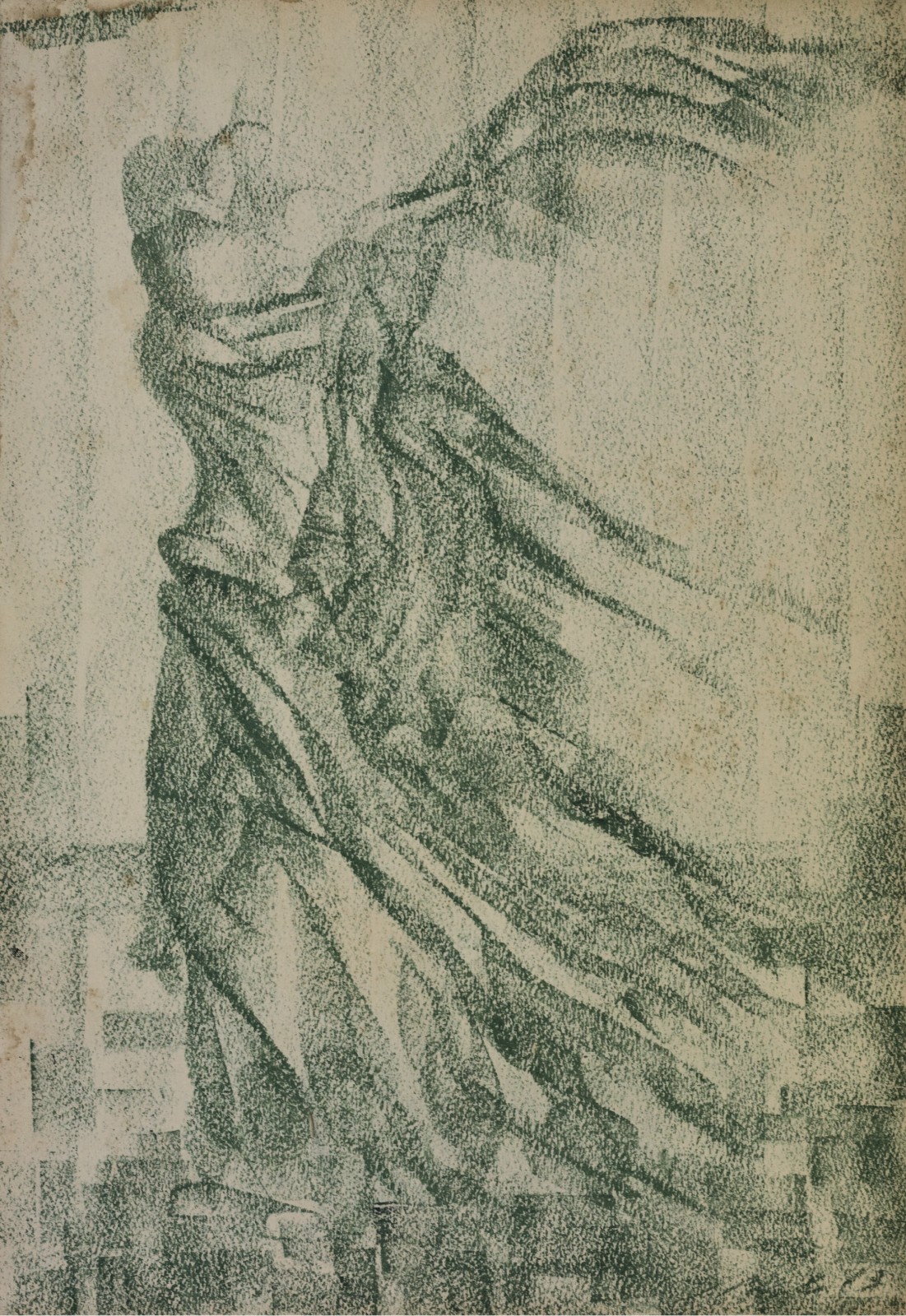
Umberto Boccioni, “Winged Victory of Samothrace”, green pastel on cardboard, 46.5×31.8cm, 1913
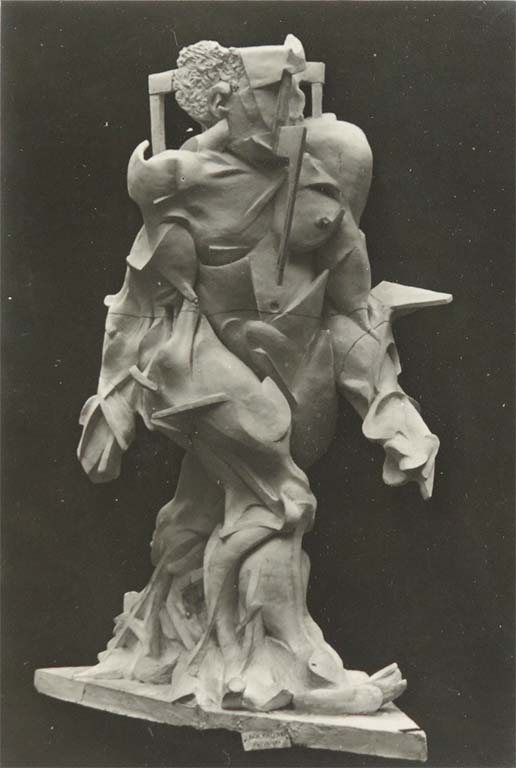
Emilio Sommariva, “Photograph of Umberto Boccioni’s ‘Unique Forms of Continuity in Space’”, 17×11cm, 1913
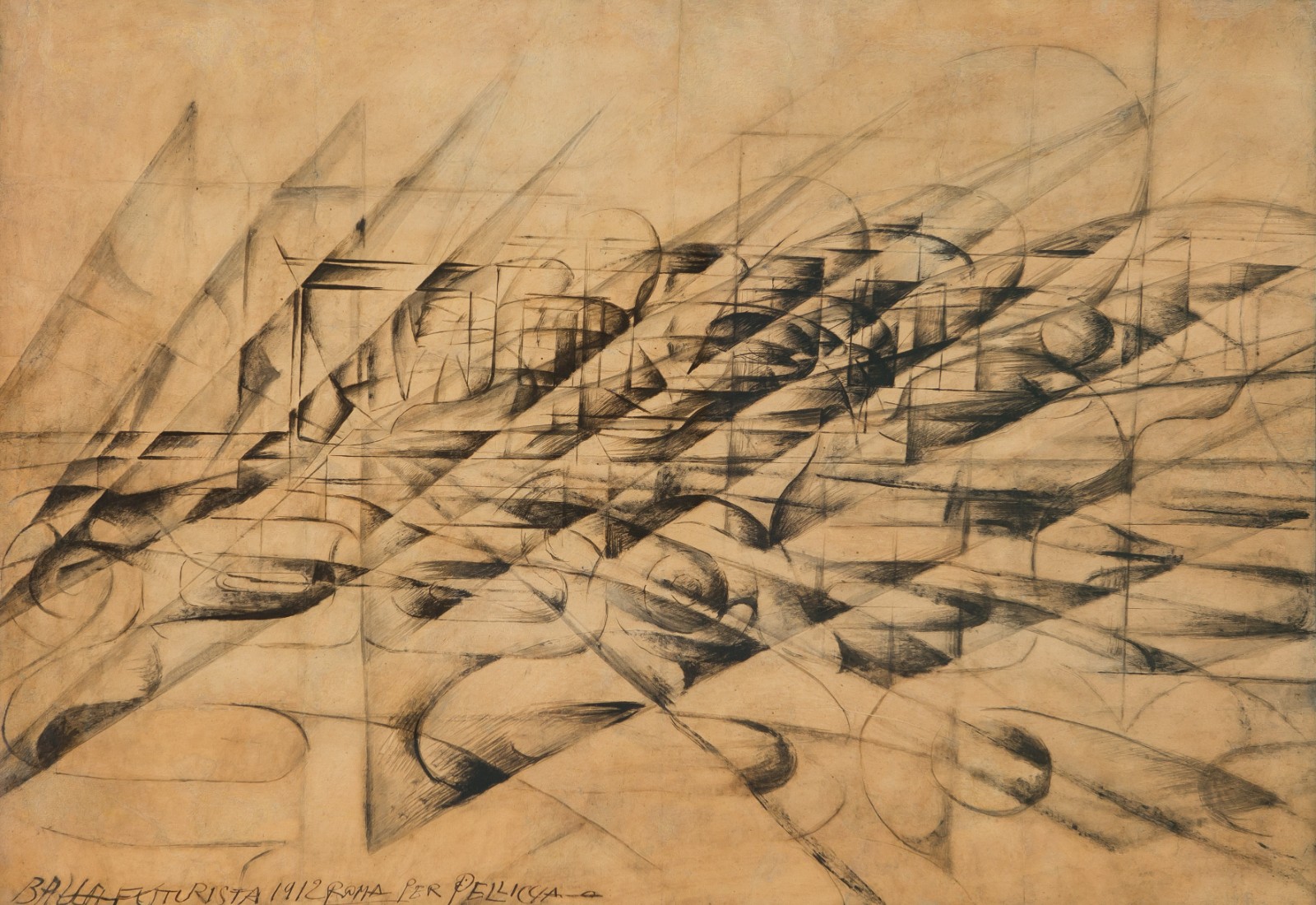
Giacomo Balla, “Dynamism of Dispersion”, gouache and ink on paper, mounted on cardboard, 67.7×95.7cm, 1913
The classic expressions of the universe of Futurism were showcased in “The Conquest of the Air”, the first section of the exhibition. Yearning for the sky is a common emotion, but futurists have expanded the desire to the degree that has ever been reached. The sketch of “Winged Victory of Samothrace” by Futurism representative Umberto Boccioni, was hung on the wall of the exhibition entrance. Rather than following the traditional expression of “Winged Victory of Samothrace” featuring dynamism and the vitality of classical style, Boccioni transformed it to a completely different form. The folds of the goddess became fragmented and the edges were blurred, and the bottom of the picture had become cubist-like squares. Futurism inherited the idea of cubism, concentrating countless moments in one picture. After finishing this sketch in 1913, Boccioni completed “Unique Forms of Continuity in Space”, the most representative Futurism sculpture, which shifted the image of the goddess to a form of movement. The limbs and trunk are twisted, and the image is completely broken as if the movement in space and time was taken off by the artist on the sly and presented in front of our eyes.

Alfredo Gauro Ambrosi, “Flight over Chicago”, oil on board, 98×127cm, 1933
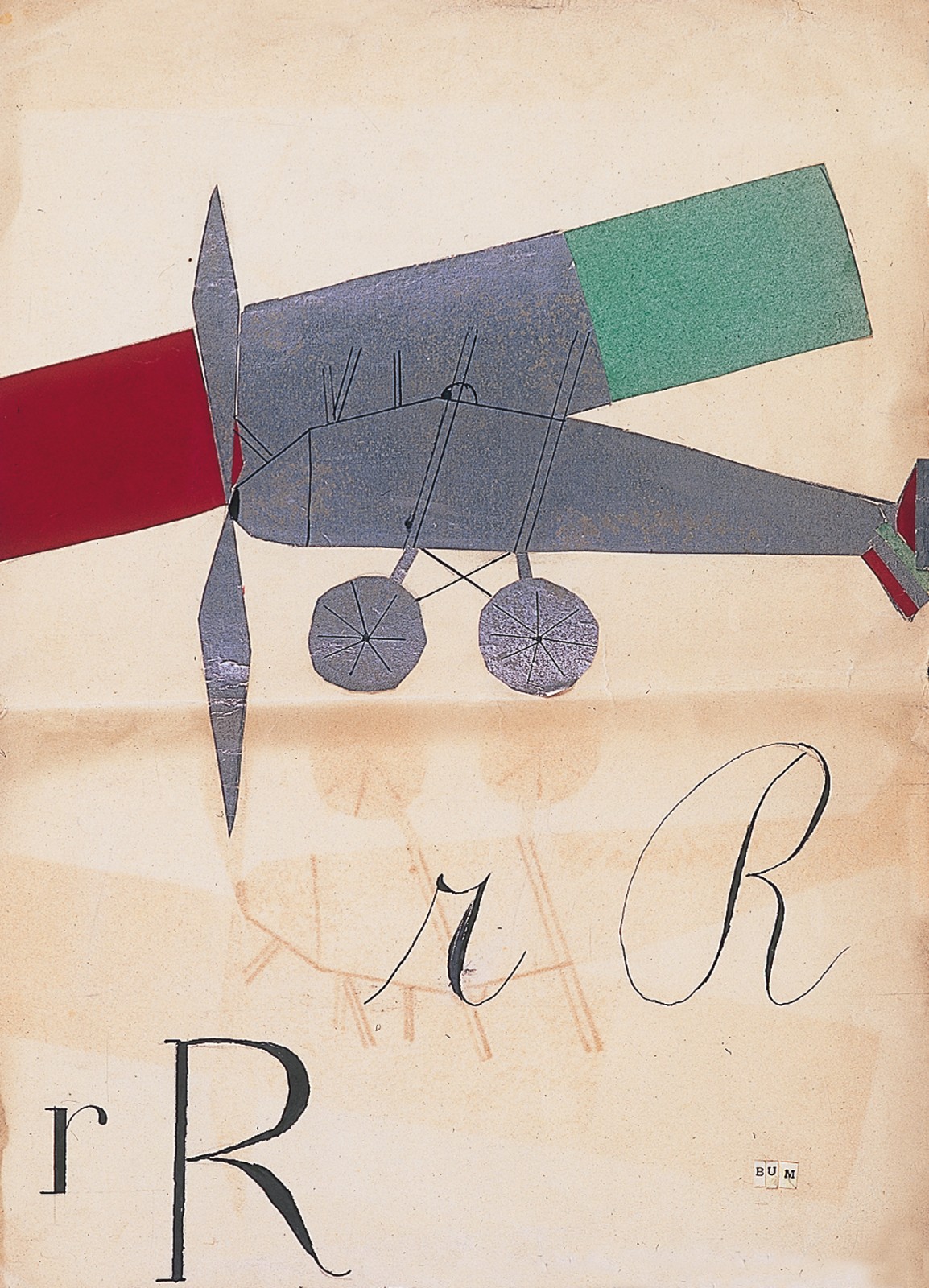
Bruno Munari, “rRrR”, ink collage on colored paper, 40×30cm, around 1927
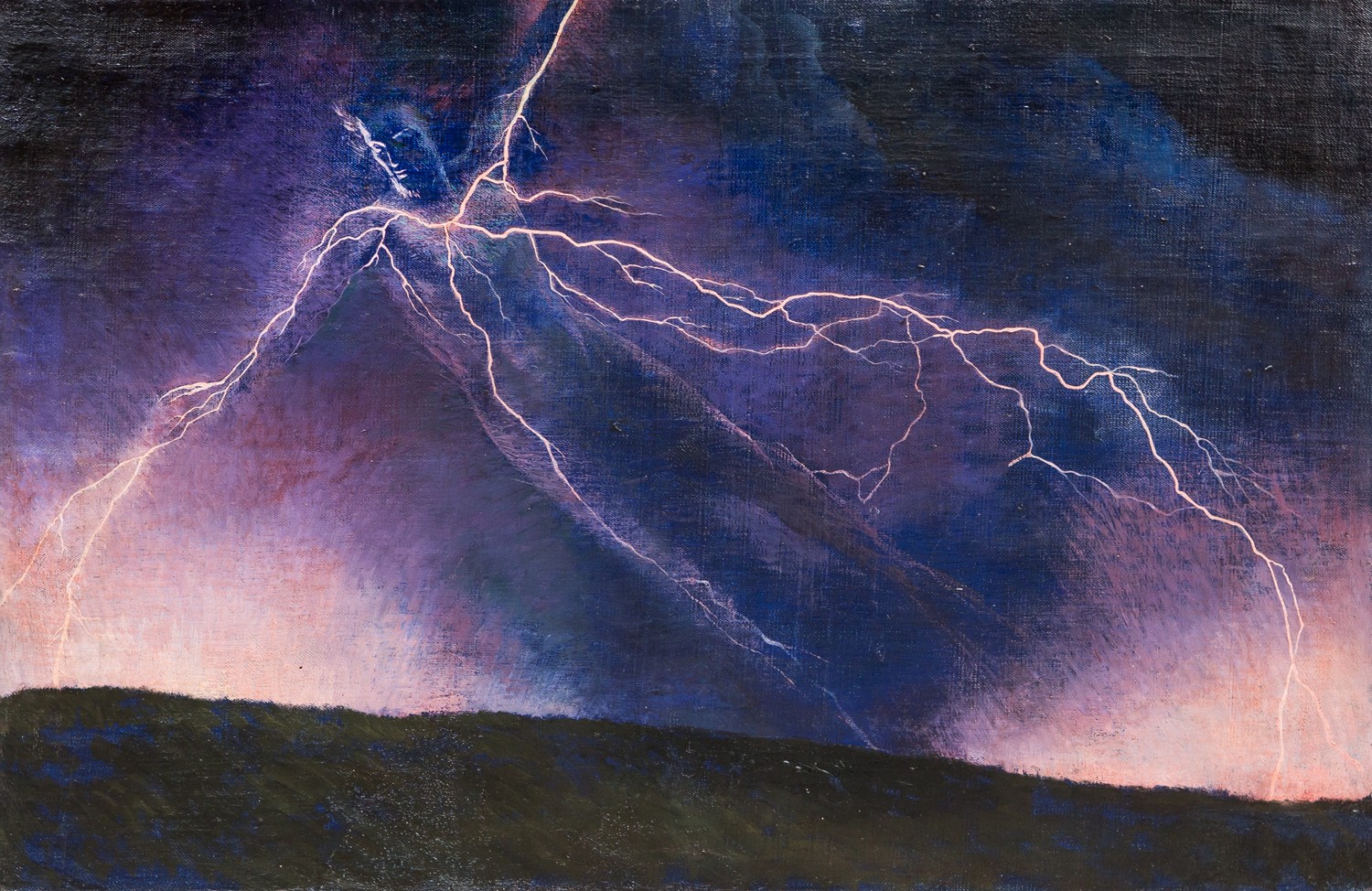
Luigi Russolo, “La santità della luce (The Holiness of Light)”, oil on canvas, 56×87cm, 1910 c.
“We declare that the splendor of the world has been enriched by a new beauty: the beauty of speed. A racing automobile with its bonnet adorned with great tubes like serpents with explosive breath ... a roaring motor car which seems to run on machine-gun fire, is more beautiful than the Victory of Samothrace.” [1] So said the Manifesto of Futurism. What has supported the futurist beliefs is the power of thriving science and industry. It is the airplane that makes “conquest the air” no longer a fantasy. This kind of transportation not only brings a human view above the clouds but this also means the reshaping of nature. Luigi Russolo, known as a painter and a pioneer of music, created “La santità della luce (The Holiness of Light)” in 1910, depicting a thunderstorm in which the figure of a naked man emerges from the lightning storm. However, rather than arousing people's reverence for the divine power of nature, the painting is closer to Karl Marx’s theory of human nature—instead of some eternal deity manipulating thunder and lightning, we humans turn electricity into our own power. “Energy”, as a chapter in this exhibition, presents a form of futurism that celebrates mechanics, petroleum, and electricity. When airplanes shake off gravity, electric lights illuminate the night, and the engines of racing cars roar, it all promises a bright future.
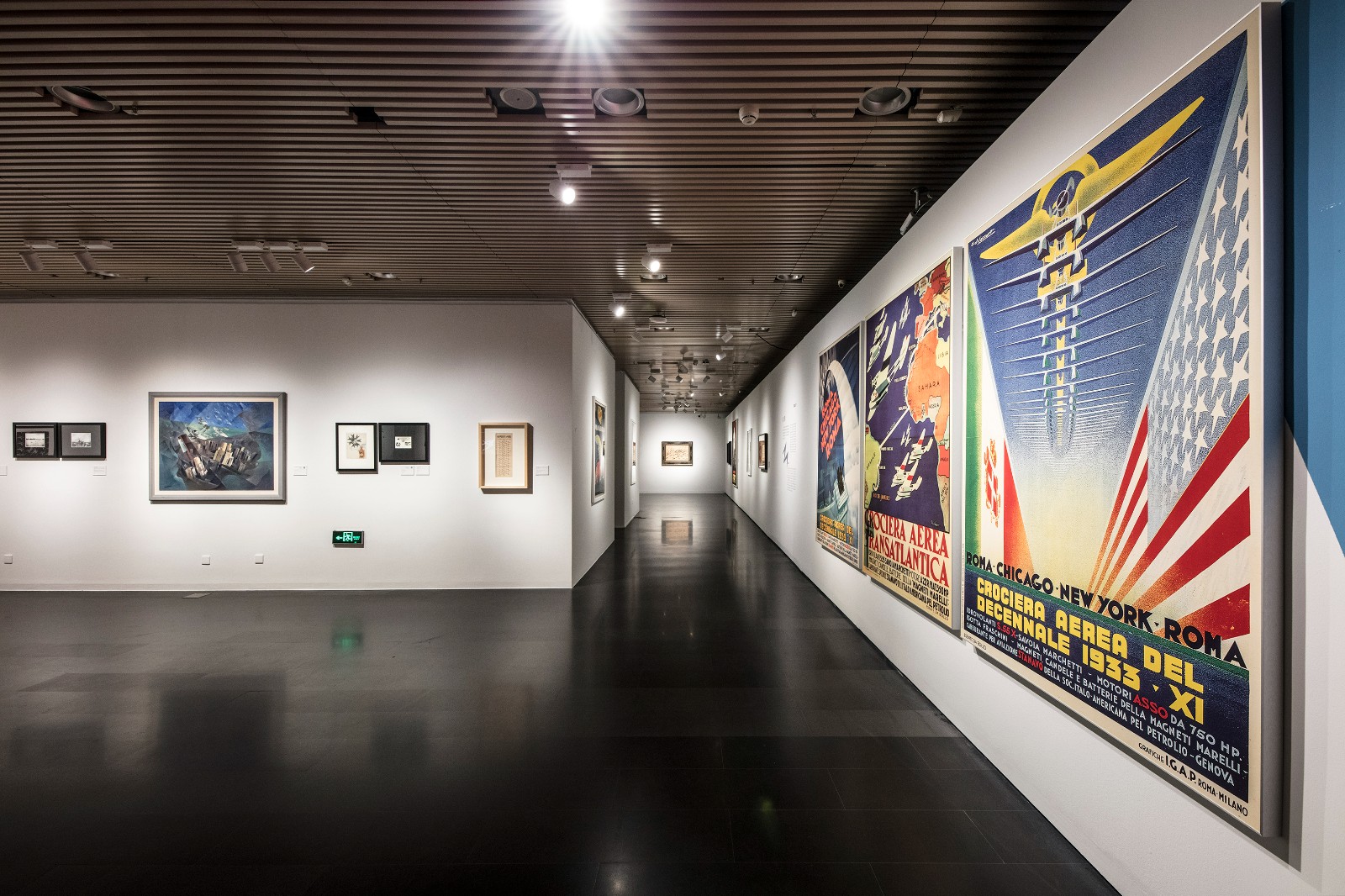
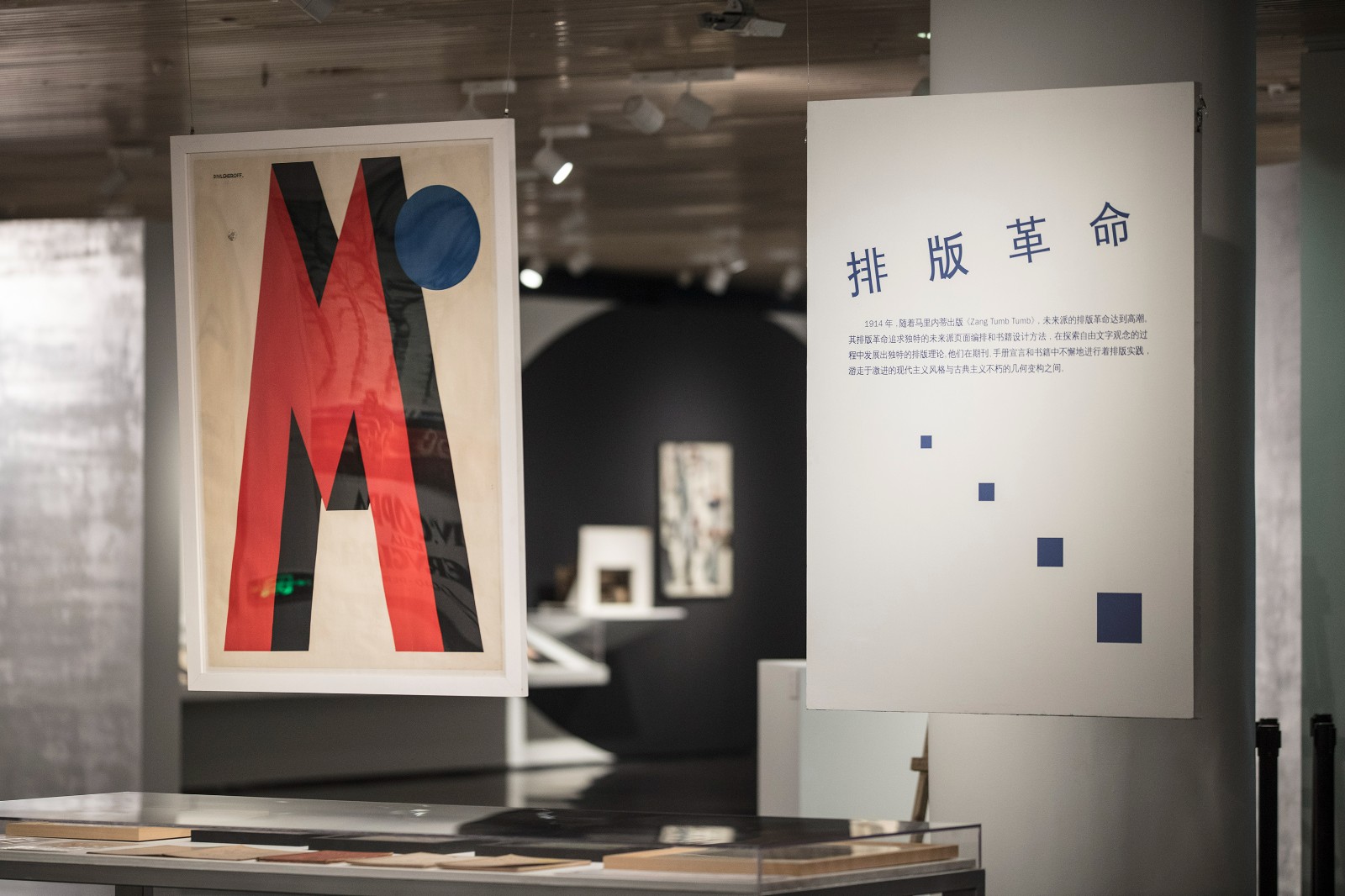
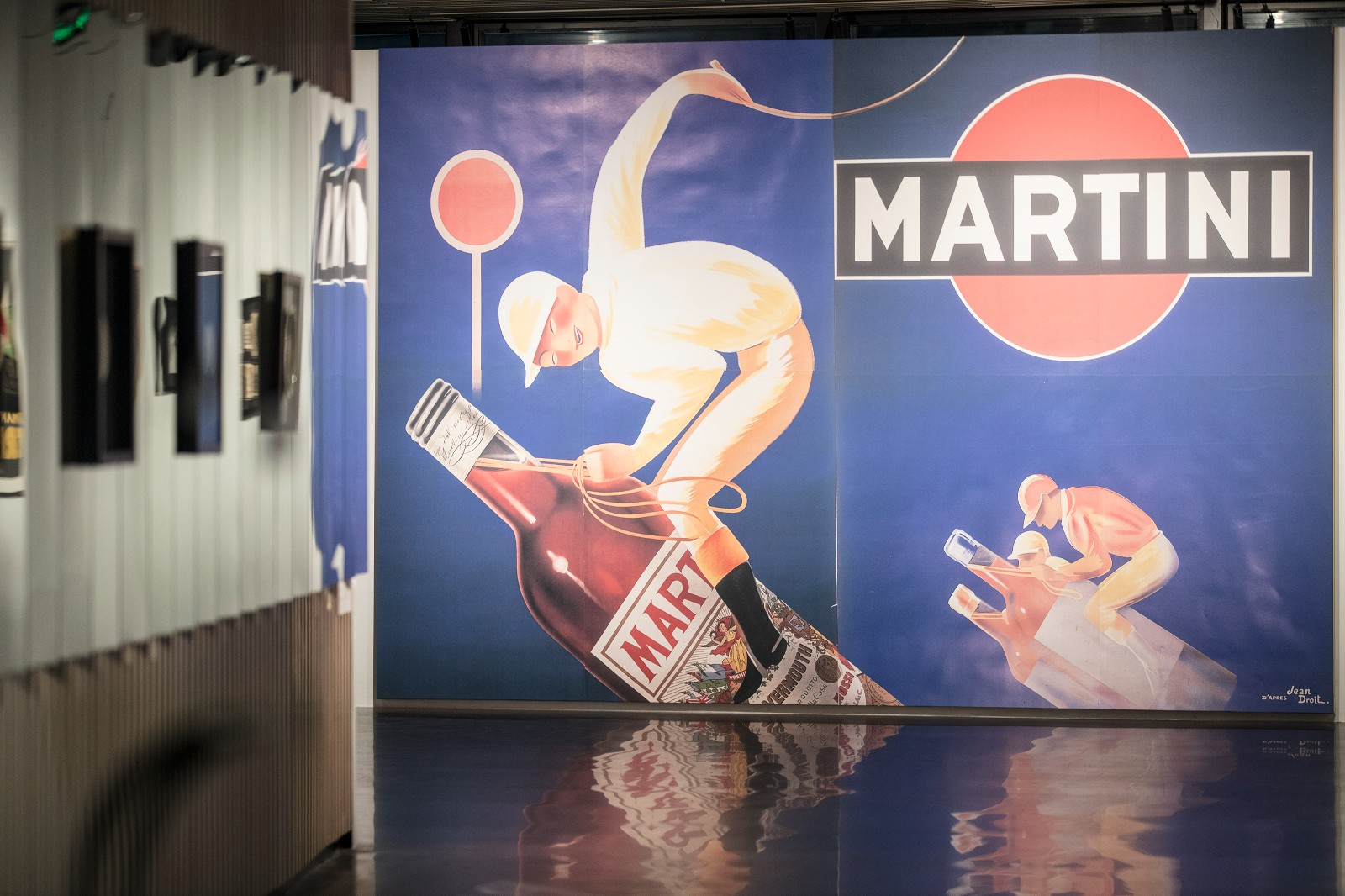
Exhibition View
Marinetti declared that Futurism is not only an art movement but also a new way of life. Futurism principles such as energy, joy, freedom, speed, modernity, and the promotion of youth, etc., have to be applied to every concern of life. Thus, the notion of “interpenetration”, which was firstly proposed by Boccioni in The Futurist Painting: Technical Manifesto (1910), became a typical gesture of futuristic art. Initially, it was interpreted as a visual interplay between space and objects. Soon after, it acquired the meaning of the so-called “cross-boundary” nowadays, and futurist artists enthusiastically stepped into the industrial and commercial fields. In the exhibition, we can see the FIAT car and fuel advertising, the booth design of PHILIPS, movie posters of Warner Bros., as well as floor tiles, fabrics, and snack packaging. The futurists have mastered the use of abstract elements in the mass design, proving that they are not utopians, but revolutionaries of life. The intricate lines and graphics on the candy sheets spread out on the exhibition walls symbolize the futuristic universe.
Antonio Sant’ Elia, Bruno Munari, Anton Giulio Bragaglia, and Virgilio Marchi, these four core figures of Futurism and their representative works are concentrated and presented in this exhibition, the exhibits range from manuscripts, graphic design, to stage art and urban planning.
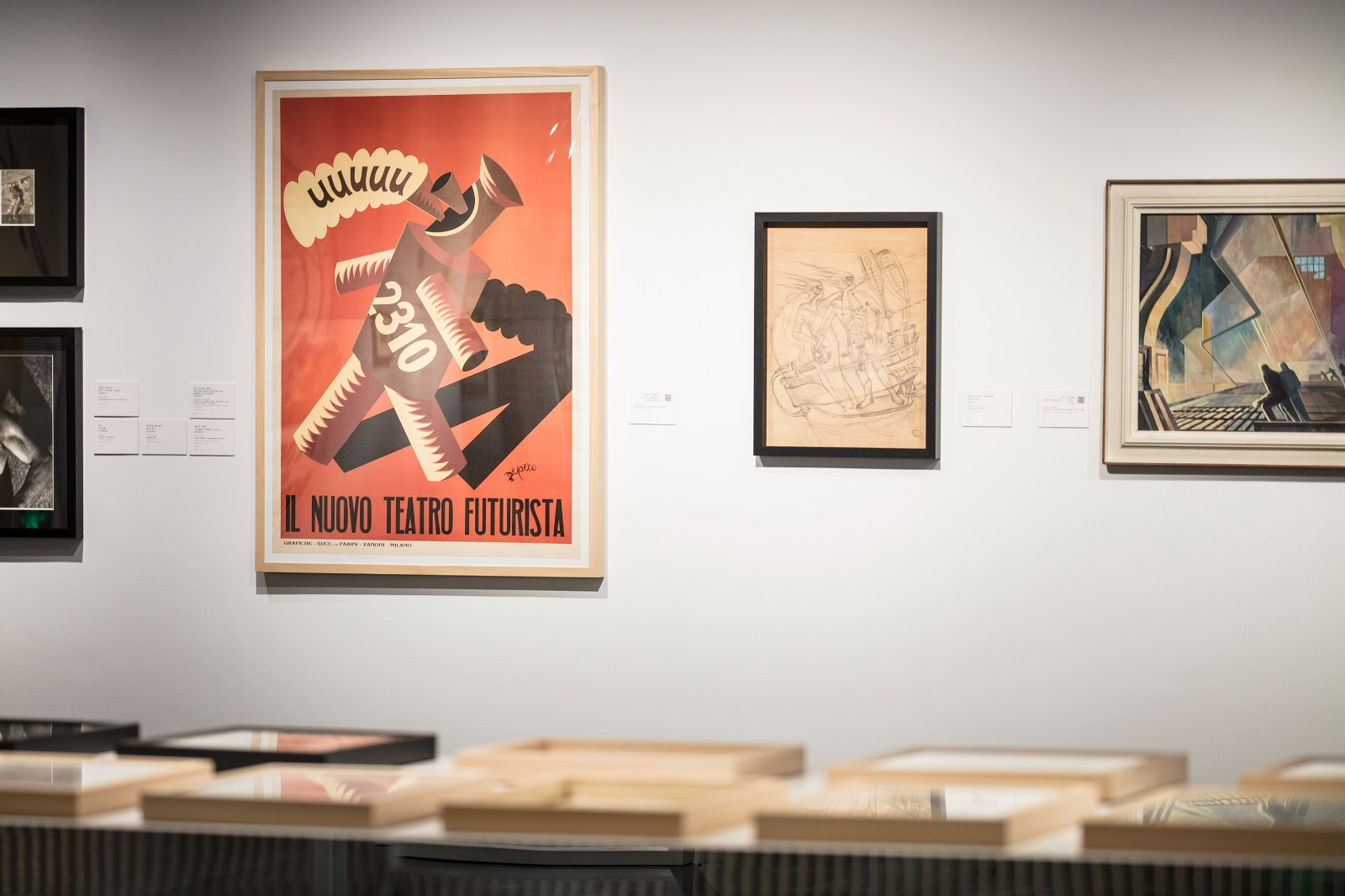
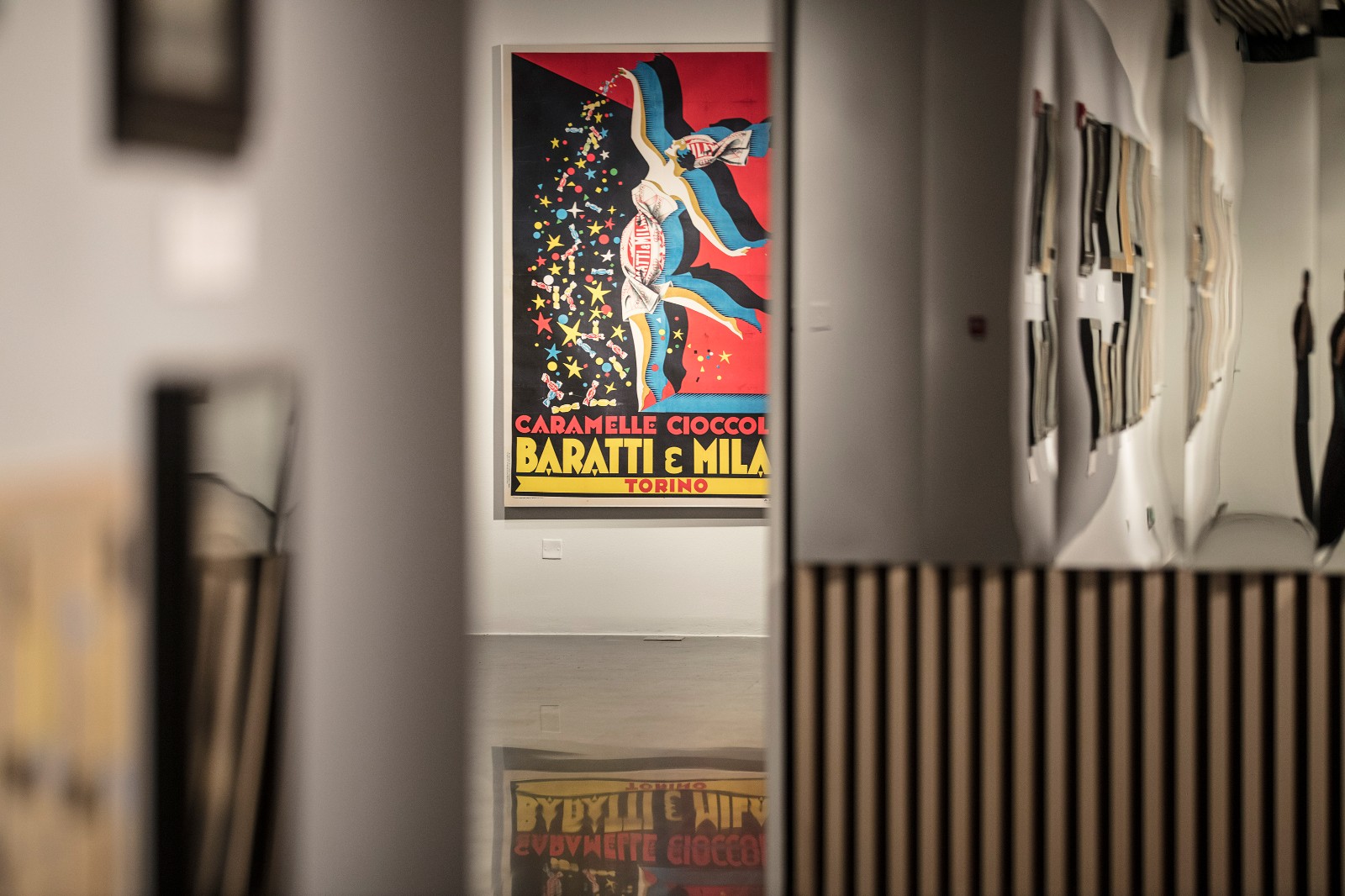 Exhibition View
Exhibition View
Marinetti once had considered replacing “Futurism” with “Dynamism” to illustrate his manifesto. The term “dynamic” appeared frequently in Futurist manifestos, and Marinetti adopted a fiercely critical attitude towards all forms of stagnation. The human body is the crucial point of futurism’s advocacy of dynamics, which also acts as the motive and allegory of aesthetic and social changes. As the figures in the posters, and stage designs, among others, point out, Futurism pursues new art, new life, and new human beings.

Leonetto Cappiello, “Bitter Campari the Drink”, color lithography on paper, 198.1×139.2cm,1921
One of the strangest sections in the exhibition is about food. The futurist revolution can be said to be complete because even food is incorporated into its plans to fight old-fashioned values. Marinetti took cooking as a serious means of revolution, and on December 28, 1930, he published the Manifesto of Futurist Cooking in Turin's Gazzetta del Popolo. In the planning of Futurists, cooking is undoubtedly an art, and Futuristic cuisine has a complete set of codes, ranging from utensils, displays, and decoration, to perfumes and music, which especially emphasizes mixing and matching. [2] In addition, the kitchen should also open up to modern tools and become a laboratory for food, and new food requires a new language, such as Italian-autarchic “polibibite” as coined by Marinetti.

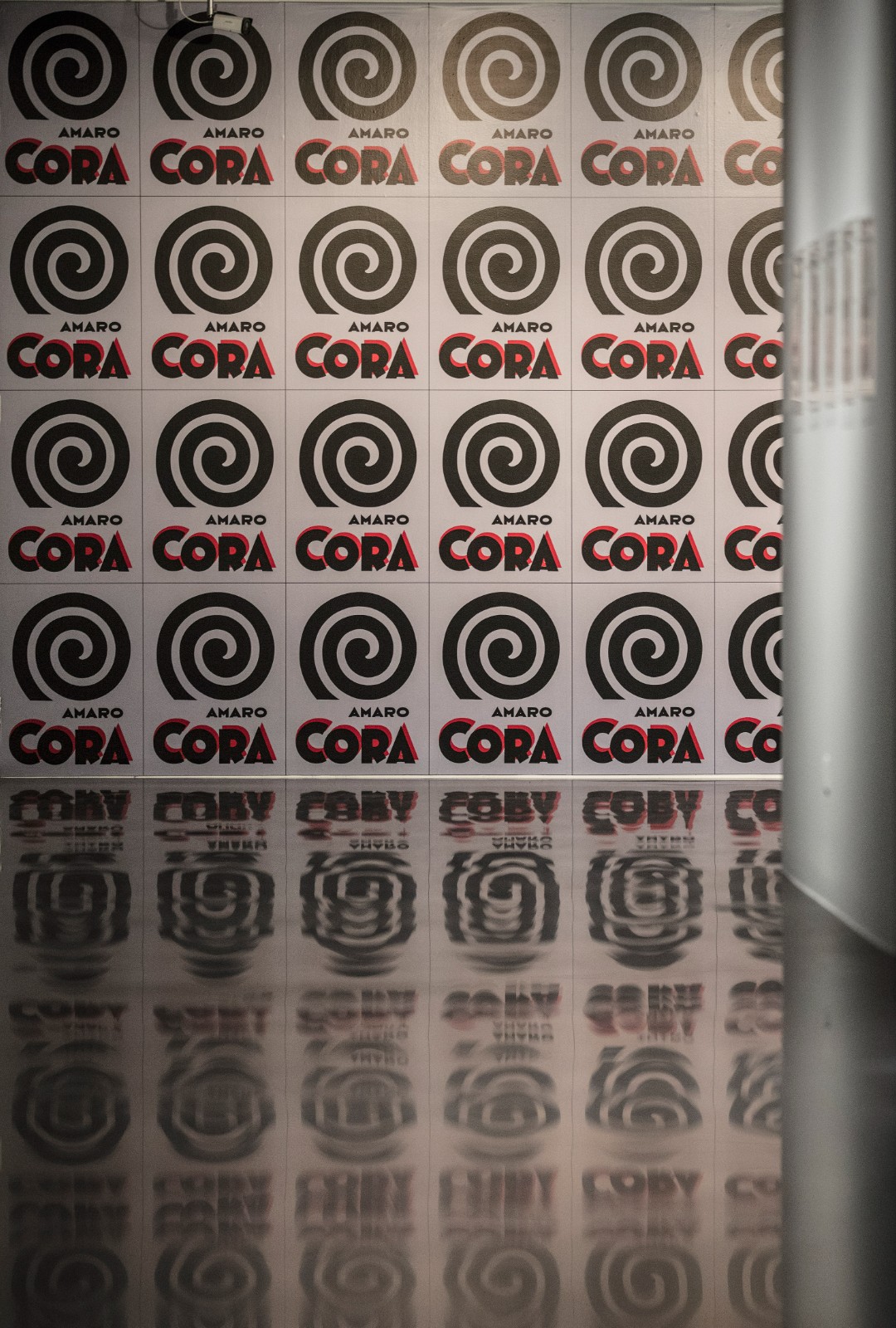 Exhibition View
Exhibition View
Futurism was a passionate art movement in the twentieth century, and that passion also brought paranoia and brutality—a part that the exhibition deliberately downplays. Every viewer who searches the browser for the full translation text of the Manifesto of Futurism which lacks in the exhibition, will realize these ignored parts of the Manifesto. But in any case, the detonation of the bomb of futurism has profoundly affected the culture, art, and design of Italy and the entire modern world.
The clothes hanger designed by Giacomo Balla are mounted on the wall at the end of the exhibition, whose shape reminds the viewers of Balla's well-known “Dynamism of a Dog on a Leash”. However, it is not as bold and unfamiliar as his abstract paintings at the other end of the exhibition hall. Perhaps, we have already absorbed Futurism in certain ways. When considering a retrospection of the history in the past hundred years, we are not surprised that the “future” of the past is still powerful. The thinking, wisdom, creativity, as well as anxiety, anger and desire of the “future” in the past, all map our immediate future.
Text by Luo Yifei, translated by Emily Weimeng Zhou and edited by Sue/CAFA ART INFO.
Courtesy of the organizer.
Notes:
[1] Reference to: http://bactra.org/T4PM/futurist-manifesto.html
[2] Reference to: https://web.archive.org/web/20080212114135/http://www.railibro.rai.it/articoli.asp?id=484
About the exhibition:
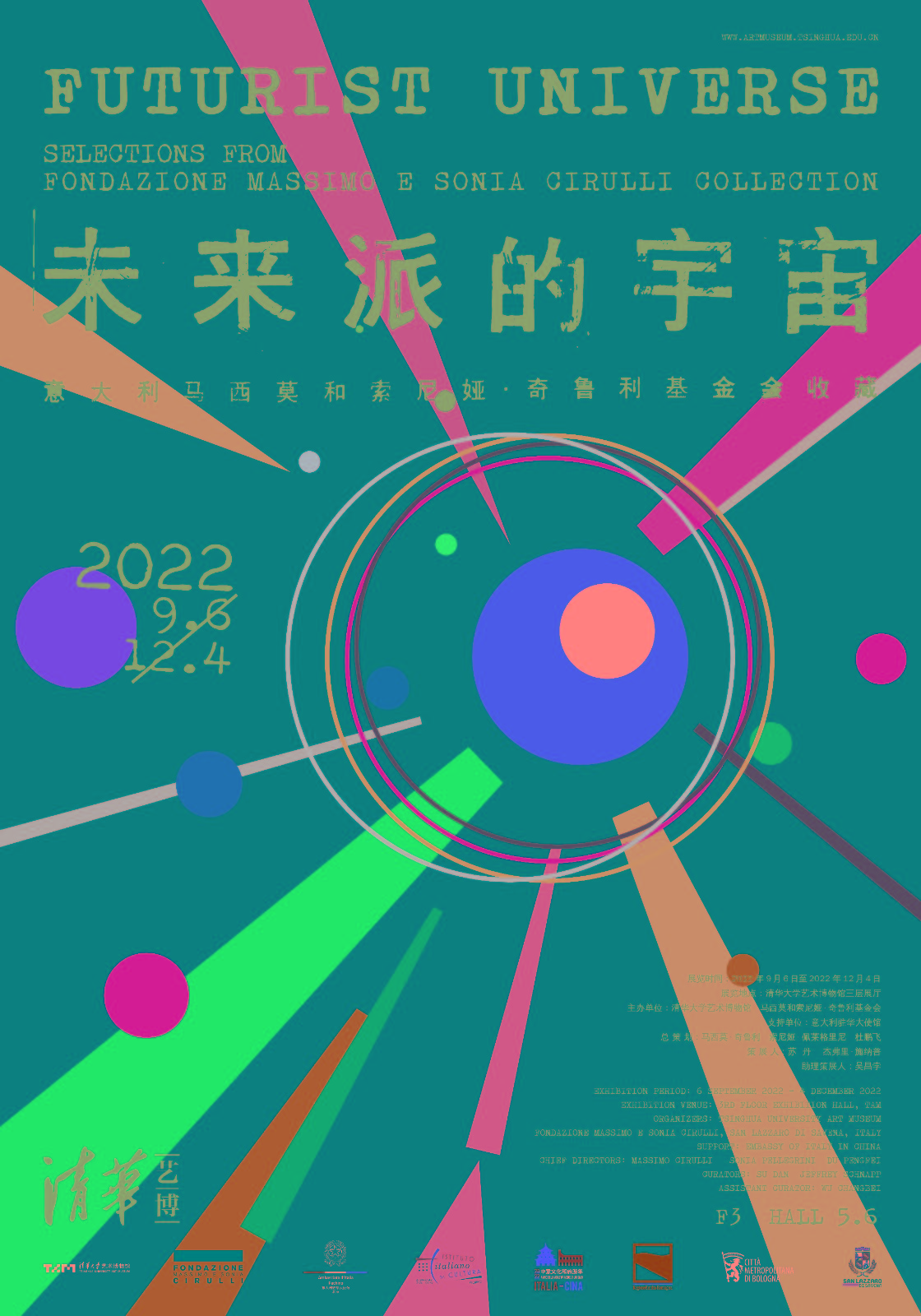
“Futurist Universe: Selections from Fondazione Massimo e Sonia Cirulli Collection”
Exhibition Period: 6 September 2022 – 4 December 2022
Exhibition Venue: 3rd Floor Exhibition Hall, Tsinghua University Art Museum




























